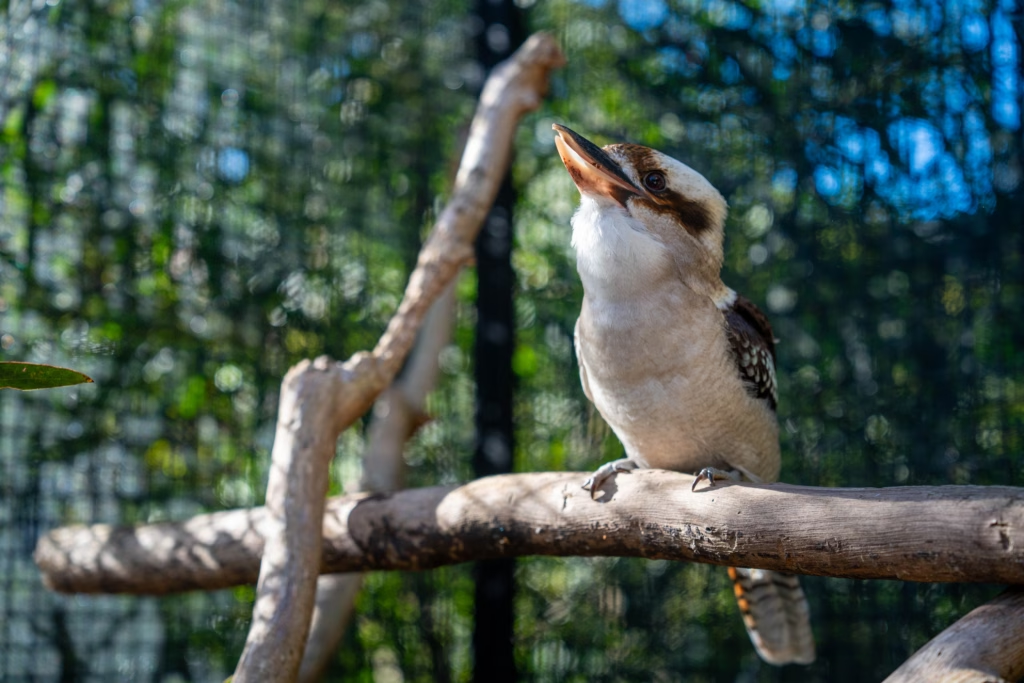Nestled in Dural, backed by Berowra Valley National Park, and on 35 acres of natural crown bushland, is the Hills Wildlife Sanctuary.
Established in 1977, the Sanctuary was formerly known as the Kangaroo Protection Co-operative, a not-profit organisation founded by a woman with a love for kangaroos. The valuable acres were given to the organisation by the state government under then-Premier Neville Wran.
All funding comes from grassroots advocacy, philanthropic donations, and the community. Though native wildlife is under the protection of the crown, the Hills Wildlife Sanctuary and other organisations like it receive no government funding for their work. Federal government deems it a state issue. The state government is currently undergoing an extensive review into the wildlife rehabilitation sector.
During the Black Summer bushfires of 2019, the Sanctuary received an unprecedented number of calls, asking for assistance. Lack of funding and lack of resources meant that many requests had to be turned away, and the wildlife was left to suffer.
For the future, the vision for the Sanctuary is to have a state-of-the-art hospital, with specialised care for injured wildlife. To be able to establish an Emergency Response Centre to rapidly rescue wildlife during natural disasters, including mobile vehicles with technology and equipment for on site treatment. To support threatened species by introducing endangered breeding programs for micro-species such as reptiles, amphibians, small mammals, birds, and fish. To develop an education hub for the public to learn about and experience native wildlife.
Most of Hills Sanctuary’s animal residents come to them after either being hit on the side of the road, surrendered by people who have tried to domesticate wild animals, or confiscated from illegal trafficking operations.
The Wombat Rehabilitation Facility on site is sponsored by organisation Allowed to Grow Old, founded by Linda Meumann, owner of Calabash Kennels in Arcadia. IFAW (International Fund for Animal Welfare) also contributed towards its construction. The new Flying Fox Rehabilitation Facility is being funded by Servcorp. Harris Farm is sponsoring the installation of a cool room at the Sanctuary. Platinum sponsors are Servcorp and Allowed to Grow Old.
More funding and support are needed to keep the Hills Wildlife Sanctuary running and saving the lives of native fauna.
